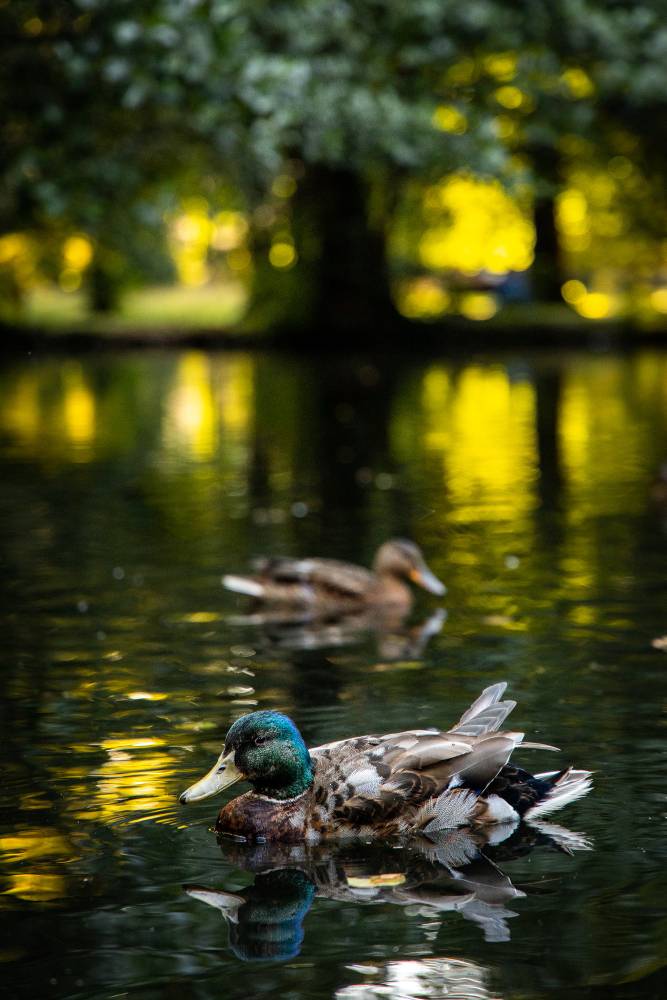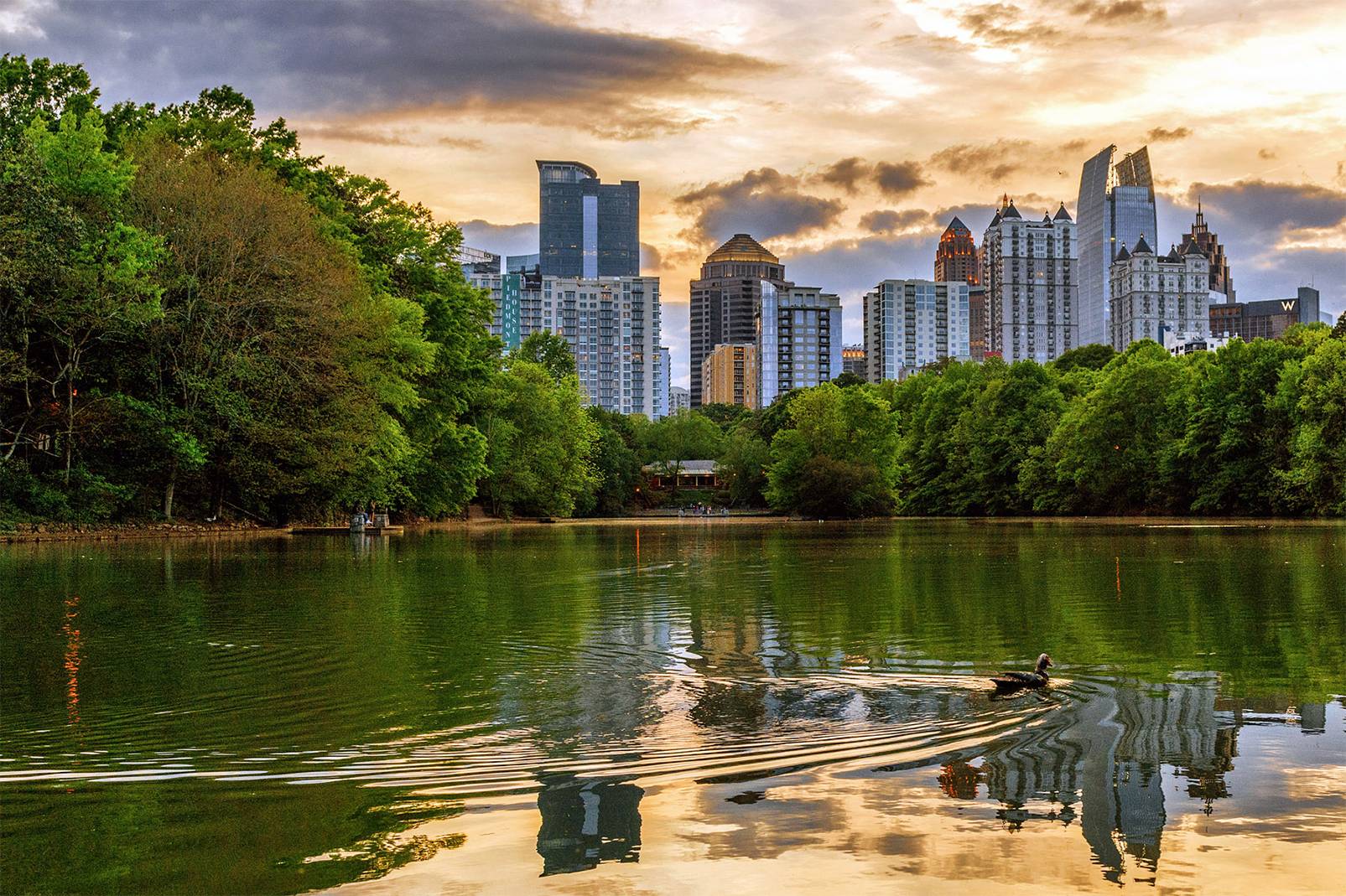
Maintaining a body of water is challenging enough; a wildlife pond is even more delicate and sophisticated. With the risk and responsibility comes greater reward though. If you want to make the most of your wildlife pond, then make sure to keep up with maintenance.
If you’re not sure where to begin with your wildlife pond maintenance, then keep calm and keep reading on. In this brief article brought to you by Aquatic Restoration, we share some tips to keep your wildlife pond in top shape.
Property owners who want to leave their lake and retention pond maintenance to the professionals can contact Aquatic Restoration to hire specialists. Our team is on standby to take your call or message today.
By stopping problems before they start, you’ll save yourself time, effort, and potentially the health of the pond’s ecosystem.
Excess nutrients like nitrogen and phosphorus are the number one cause of algae overgrowth in ponds. These nutrients often come from decaying leaves, grass clippings, and even fertilizers from nearby lawns. You can prevent nutrient buildup by planting native grasses or wildflowers along the edges to trap runoff and avoiding fertilizer usage too close to the pond.

Introducing a mix of submerged, floating, and marginal plants into your wildlife pond will not only create a more natural environment for your pond’s residents but also help maintain clean water. Plants like water lilies, duckweed, and marsh marigold absorb nutrients directly from the water and help keep the levels balanced. They also provide shade to limit sunlight and slow down the growth of algae.
As organic material decomposes, they release nutrients that can feed algae and disrupt the balance of the pond’s ecosystem. Install a net over your pond in the fall to catch falling leaves and regularly skim the surface to remove any floating debris.
Reactive Maintenance: Restoring balance when problems arise
Issues will occasionally pop up even with the best preventative measures in place. When your wildlife pond starts looking murky, it’s time to take steps to restore its health.
Algae blooms are one of the most common problems in wildlife ponds. While some algae are normal, too much can choke the pond by reducing oxygen levels and blocking sunlight. If you notice algae starting to take over, manually remove it using a pond rake or skimmer.
Be sure to remove the algae from the pond area altogether. If you leave it near the edges, rainwater could wash it back in and undo all your hard work.
If your pond has been neglected for some time, then it may have accumulated a thick layer of sediment at the bottom. You may need to dredge it to remove the sludge. This is a more intensive process that involves physically removing muck from the pond bed, but it can significantly improve water clarity and pond health.
The tips here do not represent an exhaustive list. For comprehensive maintenance, consider hiring trained and experienced professionals. The specialists at Aquatic Restoration bring decades of industry experience and are here to take your call or message today. Let’s get started with a consultation!
If you own a pond or lake, you know that proactive maintenance is an integral part of keeping the…
If you’ve ever walked outside and noticed your lake suddenly turn a murky shade of green, you’re not alone. Many…
Lakes are vital ecosystems that support wildlife, protect water quality, and enhance the quality of life for surrounding communities. Whether…
If you’re reading this, there’s a good chance you’re sick and tired of dealing with aquatic weeds that never…
Lake management is an integral part of keeping lakes healthy, functional, and beautiful for generations to come. Not only…